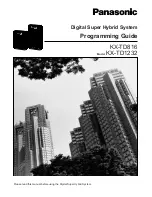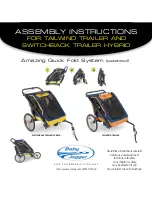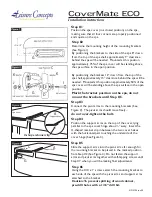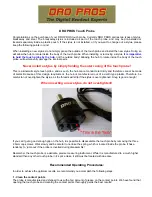
TPS13-001_rev1_4_A8n_series_Installation_Guide_for_FCC.doc
Commercially Confidential
21
6
Weatherproofing A8n Series Radio Antenna
Introduction
Sealing materials are applied to outdoor antenna connectors to accomplish several goals. First
and foremost is to prevent water from entering the connector. The second reason is to protect the
connector from gradual degradation due to UV radiation and pollution. Sunlight and weather
will oxidize metal surfaces and cause DC resistance to increase on exposed mating surfaces. It is
true that the RF cable connectors are supposed to be weatherproof, but if left exposed to weather
conditions, they will tarnish and start to look rather ugly in a short time. A good taping job will
also prevent the RF cable connectors from loosening up, which is a common occurrence for RF
cables exposed to vibration and strong winds.
We recommend the following sealing materials for weatherproofing the antenna connectors:
1.
High-quality, all-weather, black plastic electrical tape, preferably 3/4” (19mm) wide to make
it easier to manipulate the tape around the A8n Series BTS radio antenna ports. An RF port
is often first wrapped with a layer of electrical tape to make it easier to remove the butyl
rubber layer. In addition, one or more layers of electrical tape are used as a final outer wrap
to provide UV protection. We recommend the 3M Scotch Super 88 Vinyl Electrical Tape for
this purpose.
2.
High-quality, all-weather, black butyl rubber tape, preferably 3/4” (19mm) wide to make it
easier to manipulate the tape around the A8n series BTS radio antenna ports. Butyl rubber
tape is self-amalgamating - it chemically bonds to itself, forming a strong, waterproof joint.
A layer of butyl rubber tape is applied around a connector joint to provide a weatherproof
seal, often on top of a layer of electrical tape. We recommend the Andrew Corporation butyl
rubber tape for this purpose.
Figure 25. 3M Scotch Super 88 Vinyl Electrical Tape
Figure26. Andrew Corporation Butyl Rubber Tape














































